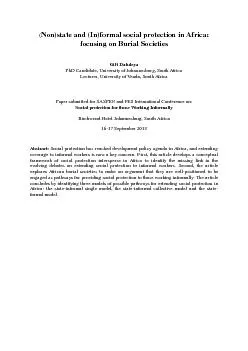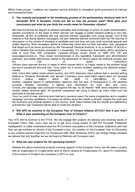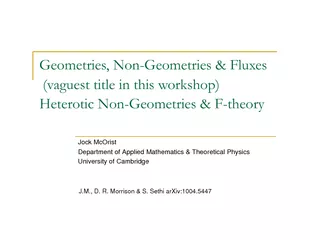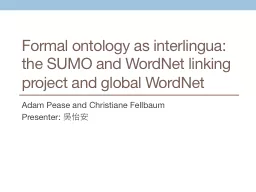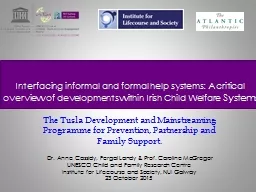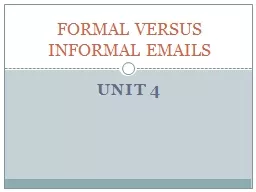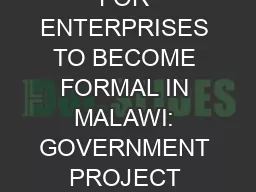PDF-Non)state and (In)formal s
Author : lois-ondreau | Published Date : 2015-08-17
ocial protection in Africa focusing on Burial Societies Gift Dafuleya Lecturer University of V enda South Africa Paper submitted for SASPEN and FES Internation al Conference Social
Presentation Embed Code
Download Presentation
Download Presentation The PPT/PDF document "Non)state and (In)formal s" is the property of its rightful owner. Permission is granted to download and print the materials on this website for personal, non-commercial use only, and to display it on your personal computer provided you do not modify the materials and that you retain all copyright notices contained in the materials. By downloading content from our website, you accept the terms of this agreement.
Non)state and (In)formal s: Transcript
Download Rules Of Document
"Non)state and (In)formal s"The content belongs to its owner. You may download and print it for personal use, without modification, and keep all copyright notices. By downloading, you agree to these terms.
Related Documents

